7 Reasons to Walk the Camino – And Why You’ll Find More
From healing to adventure, the Camino calls to so many
Walking hundreds of miles across northern Spain sounds a little wild at first glance. So, what are the reasons to walk the Camino de Santiago? Some come seeking adventure, others grief or reflection, and some simply because something about the Camino calls to them.
But a quick heads-up: there are plenty of perks and surprises along the way – from friendly faces to tasty Spanish treats. Still, it’s the deeper reasons – the ones that help you get up and lace your shoes day after day, especially when it’s tough – that keep most pilgrims moving forward.
Here are seven of the most common reasons people walk the Camino – known from meeting fellow pilgrims along the way – plus a few reflections from our own journey.
The Elephant in the Room: You Might Not Know Why You’re Walking
Before we get into the most common reasons people walk the Camino de Santiago, there’s something I want to acknowledge.
Not everyone who starts the Camino knows exactly why they’re doing it. In fact, many people we met couldn’t quite articulate their reasons – they just felt drawn to it.
Some arrive thinking they’re walking for one purpose, and discover another along the way. Some never find the words for it, even after hundreds of kilometers. And that’s okay.
This list isn’t a checklist or a quiz – it’s a reflection of the many stories we encountered on the trail. You might find yourself aligning with one (or several) of these reasons to walk the Camino. Or maybe your reason is still unfolding.
Either way, if the Camino is calling to you, that’s reason enough to start walking.
What Keeps You Going When the Going Gets Tough
For centuries, the Camino has drawn pilgrims seeking more than just a physical journey. Today, people walk for a variety of reasons – from adventure and healing to reflection and connection.
Along the way, you’ll find many unexpected joys: the warmth of fellow walkers, moments of quiet beauty, and small cultural experiences. When we walked the Camino, I learned to love afternoon siestas. And discovering garbanzo bean soup in La Rioja was the tastiest surprise.
But when the path gets hard, it’s those deeper motivations – the ones that pull you out of bed and onto the trail despite tired legs and aching feet – that truly keep most pilgrims moving forward.
7 Sustaining Reasons to Walk the Camino de Santiago
1. A Religious Pilgrimage
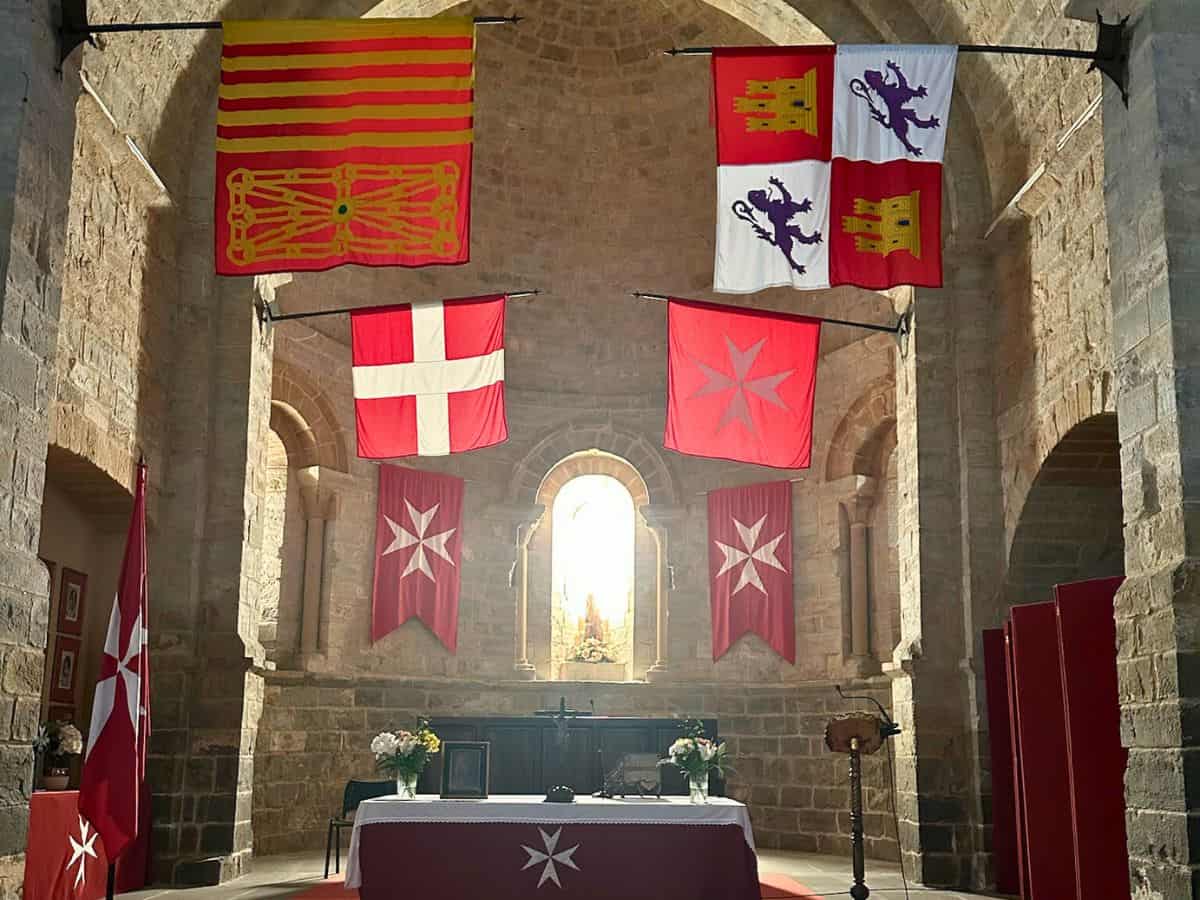
This is one of the most traditional reasons to walk the Camino, and for good reason. The route was established as a Catholic pilgrimage, and Santiago de Compostela has long been a sacred destination. Many pilgrims still walk as an act of religious devotion, a journey to deepen their faith, or a time for prayer and reflection.
Along our walk, we met several pilgrims who shared that they were walking for religious reasons – to reconnect with their beliefs or to strengthen their devotion. Even today, nearly half of Camino pilgrims still list “religious” as their primary reason when they register with the pilgrim’s office.
2. A Journey of Spiritual Seeking

You don’t have to be religious to walk the Camino. Many people have spiritual reasons to walk the Camino: to disconnect, reflect, find clarity, or reconnect with something bigger than themselves.
Walking day after day – immersed in simplicity – creates space for deep introspection. In many ways, the Camino becomes a kind of walking meditation. There’s something quite sacred about the solitude you find on The Way – even if you wouldn’t have used that word before starting.
For many, it becomes a spiritual experience, whether they expected it or not. I can attest to that – though I had another primary reason for walking, I felt a quiet spiritual pull somewhere along the way. And I wouldn’t even describe myself as a spiritual person.
3. Healing After Grief or Loss
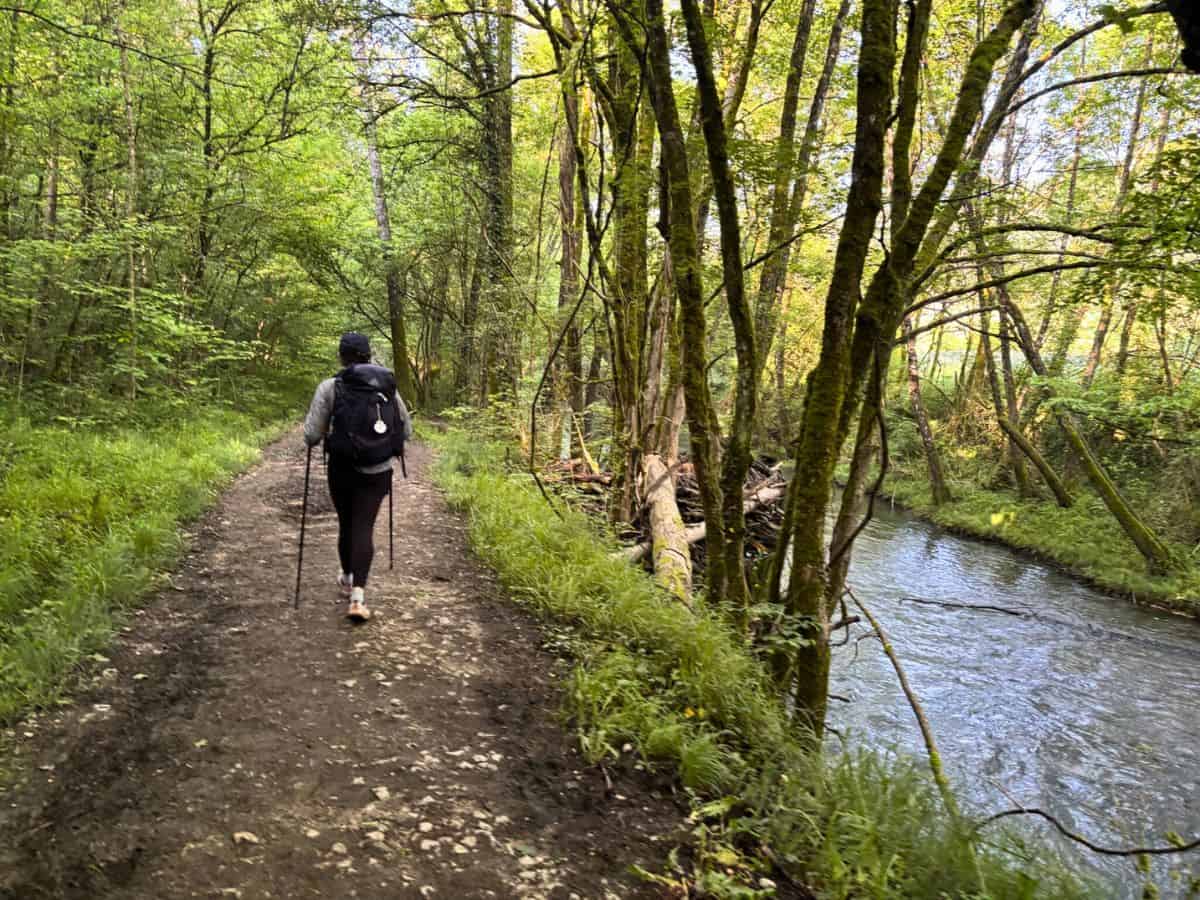
One of the most powerful reasons people walk the Camino is to process grief, heal from loss, or walk in honor of someone they love. After the death of a loved one, a serious illness, or another life-altering event, the trail can offer a space to reflect, to feel, and to begin moving forward – one step at a time.
Some pilgrims are walking through their own pain. Others walk for someone else – a parent, a partner, a sibling, or a close friend – whether that person has passed away or is still living but unable to walk the Camino themselves.
That was my reason, too. I wrote more about it here.
4. Navigating Life Transitions

Big life changes have a way of nudging people toward the Camino. Some walkers are processing a recent separation or retirement. Others are pausing after burnout, or using the time between jobs to reset before whatever comes next.
We met many people who were newly retired or taking a break between jobs. The trail seemed to offer them space to reflect on what had been – and what might come next.
There’s something about the Camino’s steady rhythm and stripped-back simplicity that can bring surprising clarity when everything else feels up in the air.
5. The Adventure and Physical Challenge
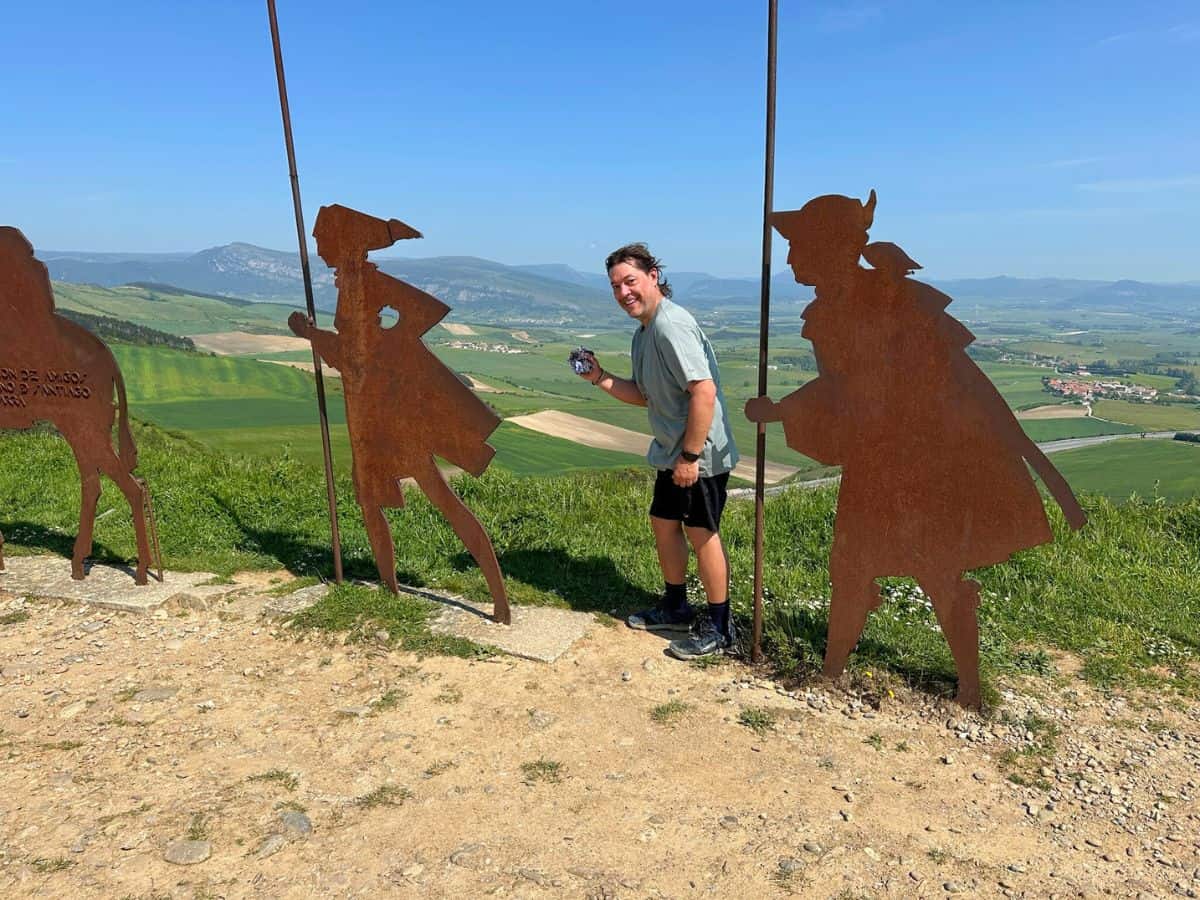
Some people walk the Camino simply because it sounds like an epic, bucket-list adventure. Hike across Spain for a month? Yes, please.
I’ll be honest: If I had the flexibility, that would’ve been me. I love the idea of slowing down and exploring by foot. Instead, since we could only carve out a couple weeks at a time, we chose to walk the Camino in sections (and even that brought us plenty of challenge).
If you’re craving a physical test, shifting landscapes, and the kind of slow travel that leaves space for reflection, the Camino delivers. It’s not just a scenic walk – it’s a sustained effort that asks something of you every day.
For many, that’s part of the draw. Maybe you want to prove to yourself that you can walk 10+ miles a day for days or even weeks. Maybe you’re looking to push your limits, clear your head, or build confidence with every step. The Camino gives you the space to do all of that – and more.
And along the way, you’ll collect the kinds of moments that stay with you: quiet sunrises, spontaneous conversations, and the satisfaction of knowing you kept going, even when it got hard.
6. A Cultural and Historical Immersion
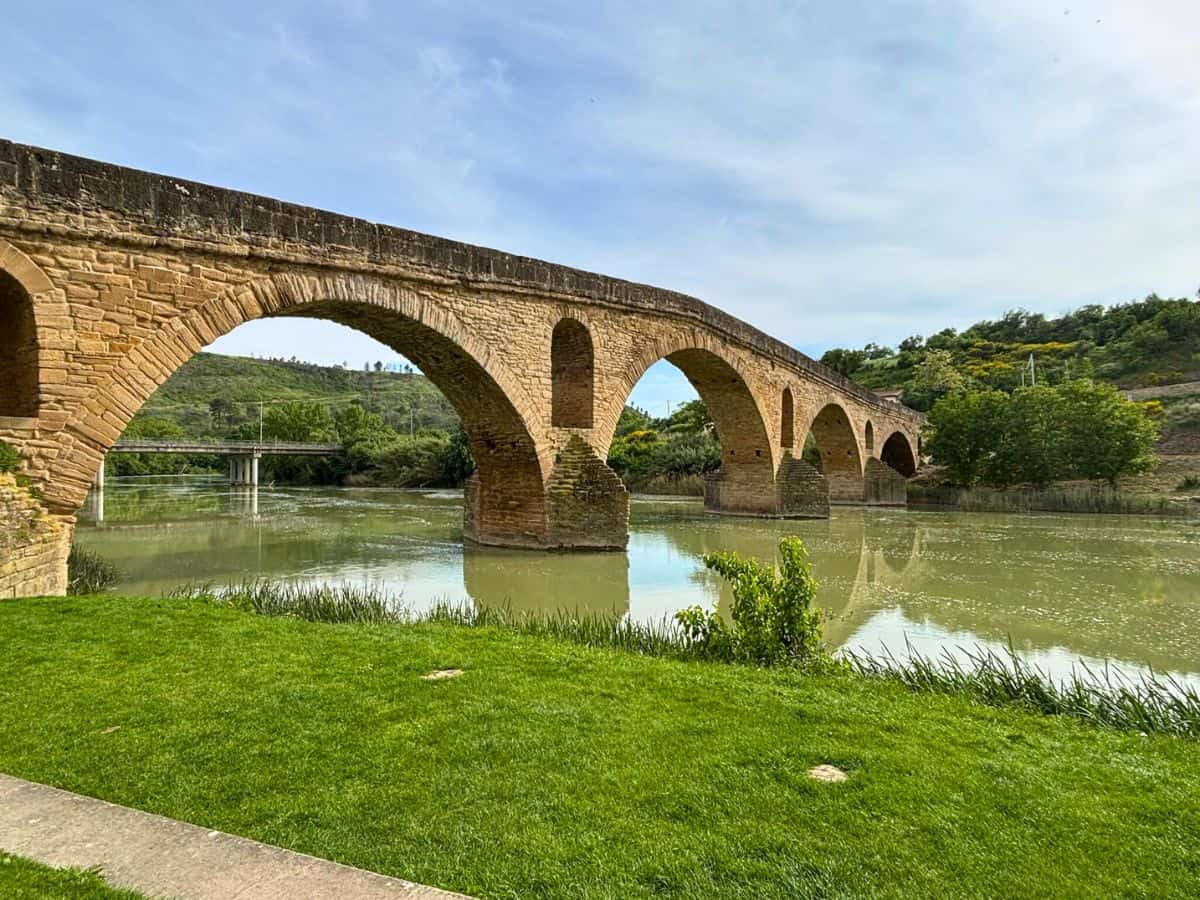
For history lovers and culture buffs, the Camino is a living, breathing path through European history. From Roman roads and medieval cathedrals to traditional village life and regional cuisine, it’s an immersive journey through northern Spain’s heritage.
While major cities and iconic sites offer big cultural moments, the Camino’s real magic lies in its glimpse into rural Spanish life: think small towns, local rhythms, and centuries-old traditions.
And just a heads-up: if you’re expecting late-night flamenco and endless tapas, book a trip to Sevilla. The Camino has its own culture entirely. It’s quieter, more introspective, and deeply shaped by the trail itself.
7. Feeling Called to the Camino

This one’s not as clear or concrete as the others, but it can be just as powerful.
Some people don’t have a well-defined reason for walking the Camino. They haven’t experienced a major life event. They’re not religious. They’re not chasing an epic adventure. They just feel pulled to it – like the Camino is something they’re meant to do.
That quiet nudge might be hard to explain. But it’s real. And for many, it’s more than enough to lace up their shoes and start walking. And keep walking for days, then weeks, across Spain.
You don’t need a tidy explanation. Deep curiosity and courage can be enough to begin your Camino journey.
Other Reasons to Walk
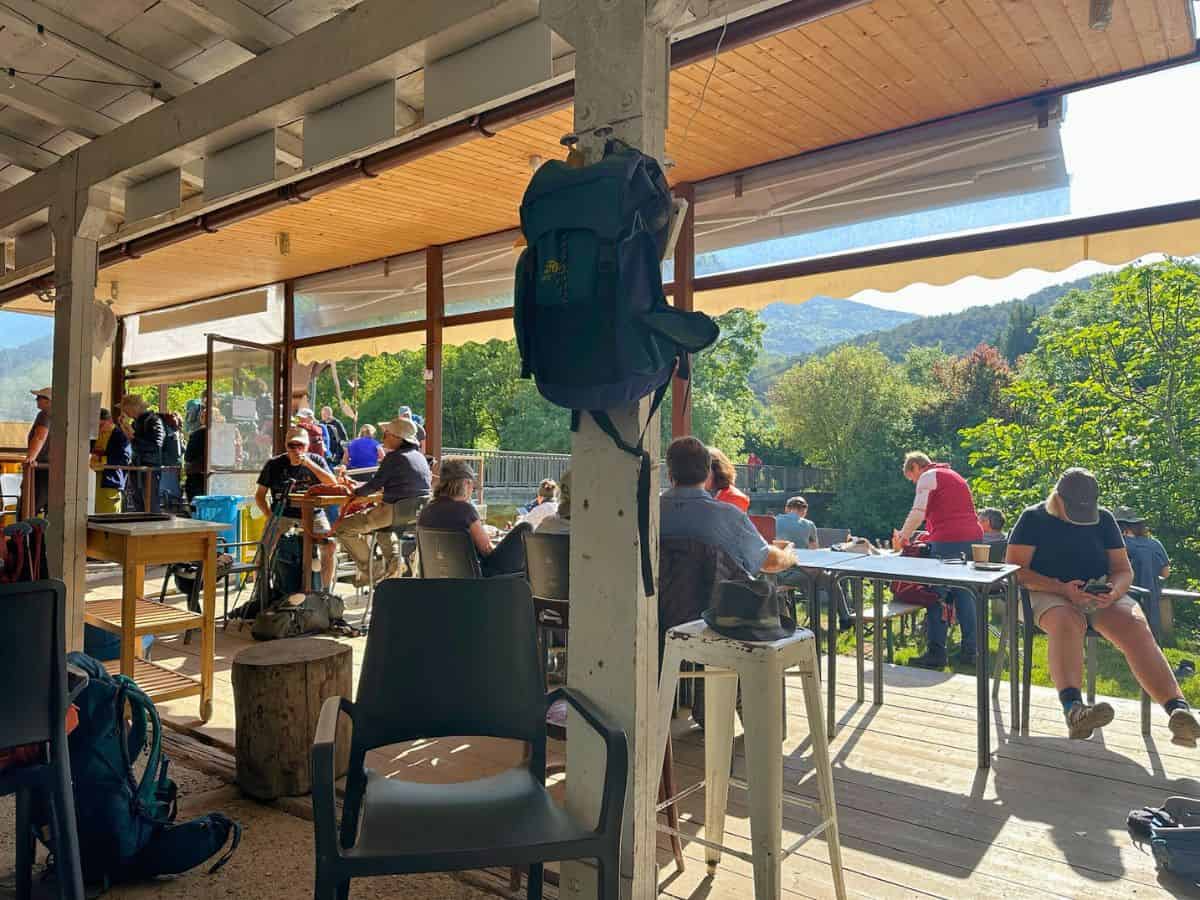
The reasons I highlighted above are what I consider deep motivators – the kind that get you out of bed and onto the trail even when your body is telling you no. Of course, there are other reasons to walk the Camino. But in my experience, not every reason will carry you through the toughest parts of the journey.
For example, some people walk in search of community. And yes, the Camino – especially the Francés – is famously friendly. I found this to be true myself.
But it’s not a guarantee that you’ll make close friends or feel connected every single day. People walk at different paces, rest on different days, or simply don’t click. You might meet someone wonderful, only to part ways by the next morning.
The same goes for cultural or culinary expectations. While you will pass through charming towns and encounter regional traditions, the Camino offers a very specific kind of immersion: it’s less “vibrant city nights and curated food tours” and more “early dinners, shared pilgrim menus, and lights out by 10.” I said to Steve many times while walking that we’d need to return someday – not on the Camino – to experience Spain more fully.
So when your legs ache, your energy dips, or your patience wears thin, it’s the deeper reasons – spiritual, personal, physical, or emotional – that pull you through. Those are the ones that will matter when the novelty wears off.
If your initial motivation is the food, the friends, or the photos, that’s totally valid. And it might carry you all the way to Santiago. Just know that at some point, you may find yourself reaching for a deeper why.
Wrapping Up: Reasons to Walk the Camino
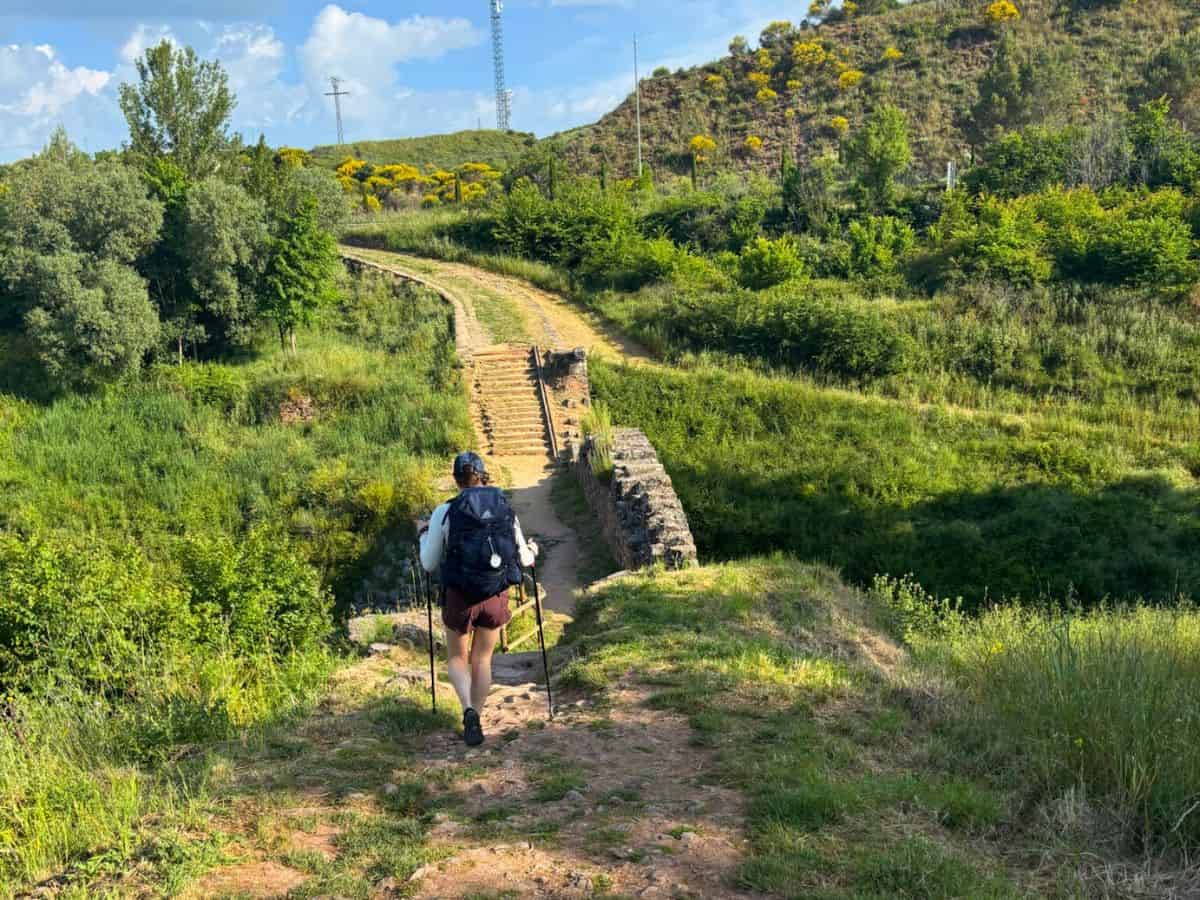
With so many reasons to walk the Camino, most pilgrims find themselves motivated by more than one. And many discover new reasons while walking, or only fully understand their purpose after they’ve finished.
Whatever is calling you to the Camino – a clear reason or a quiet whisper – it’s worth listening to. Just remember, it’s often those deeper motivations that carry you through the toughest steps. And don’t underestimate the friends, Spanish wine, and tortilla along the way – those small joys make the journey all the richer.
Planning to Walk the Camino De Santiago?
Check out our resources for walking:
- Walking the Camino for Someone Else: A Walk with Purpose
- Daily Camino Routine: A Day in the Life of a Pilgrim
- Walking the Camino Francés in Sections
- Camino Packing Tips: What We Loved – and What We’d Leave
- Camino Francés for Beginners: Advice for Planning and Walking
- Camino Francés Surprises: 9 Things You Might Not Expect
- Where to Stay on the Camino Francés: A Practical Guide
